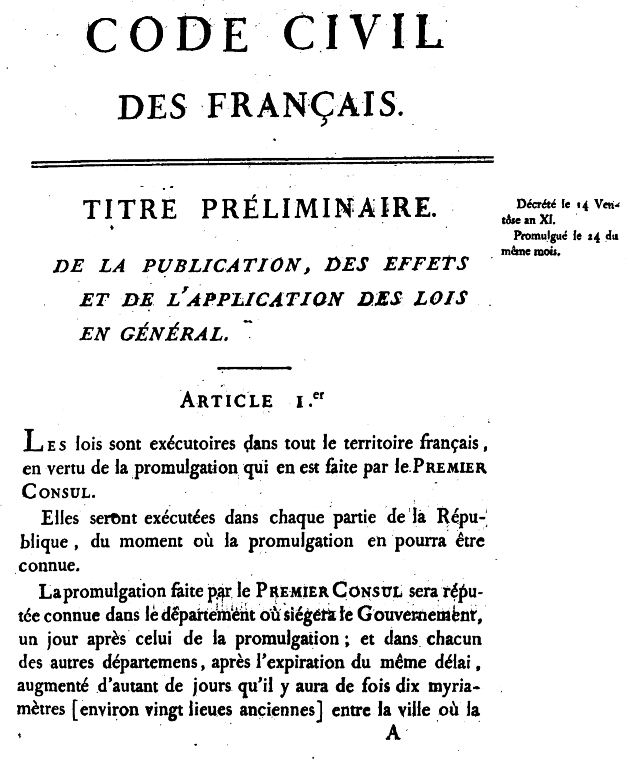 | ||
The law of Europe is diverse and changing fast today. Europe saw the birth of both the Roman Empire and the British Empire, which form the basis of the two dominant forms of legal system of private law, civil and common law.
Contents
History
The law of Europe has a diverse history. Roman law underwent major codification in the Corpus Juris Civilis of Emperor Justinian, as later developed through the Middle Ages by medieval legal scholars. In Medieval England, judges retained greater power than their continental counterparts and began to develop a body of precedent. Originally civil law was one common legal system in much of Europe, but with the rise of nationalism in the 17th century Nordic countries and around the time of the French Revolution, it became fractured into separate national systems. This change was brought about by the development of separate national codes, of which the French Napoleonic Code and the German and Swiss codes were the most influential. Around this time civil law incorporated many ideas associated with the Enlightenment. The European Union's Law is based on a codified set of laws, laid down in the Treaties. Law in the EU is however mixed with precedent in case law of the European Court of Justice. In accordance with its history, the interpretation of European law relies less on policy considerations than U.S. law.
